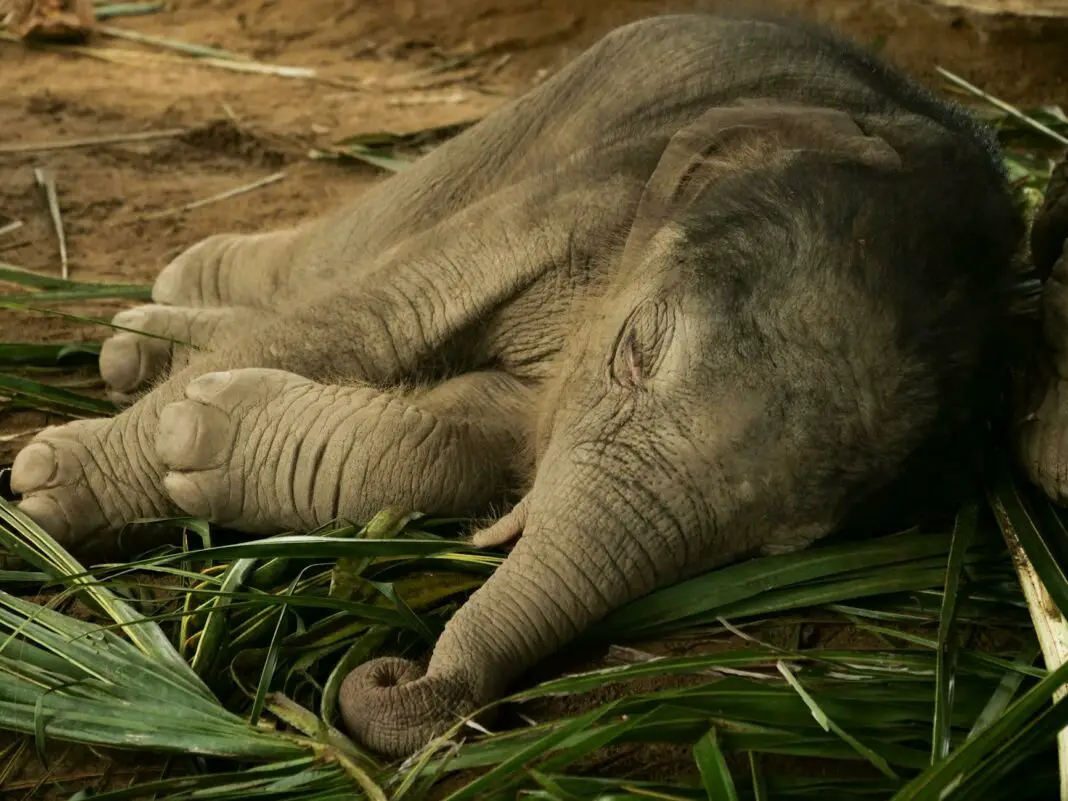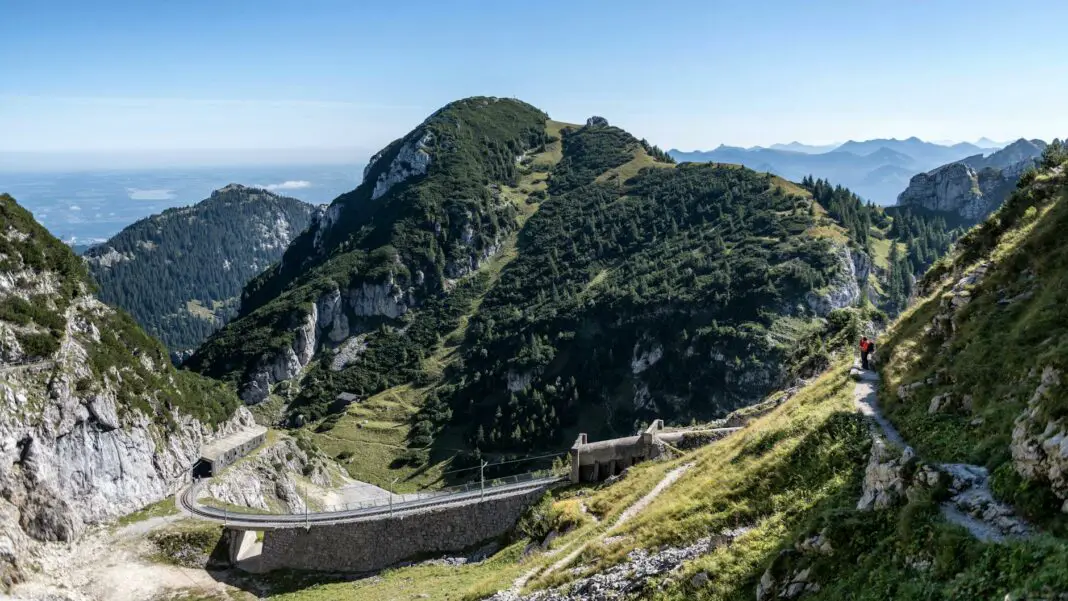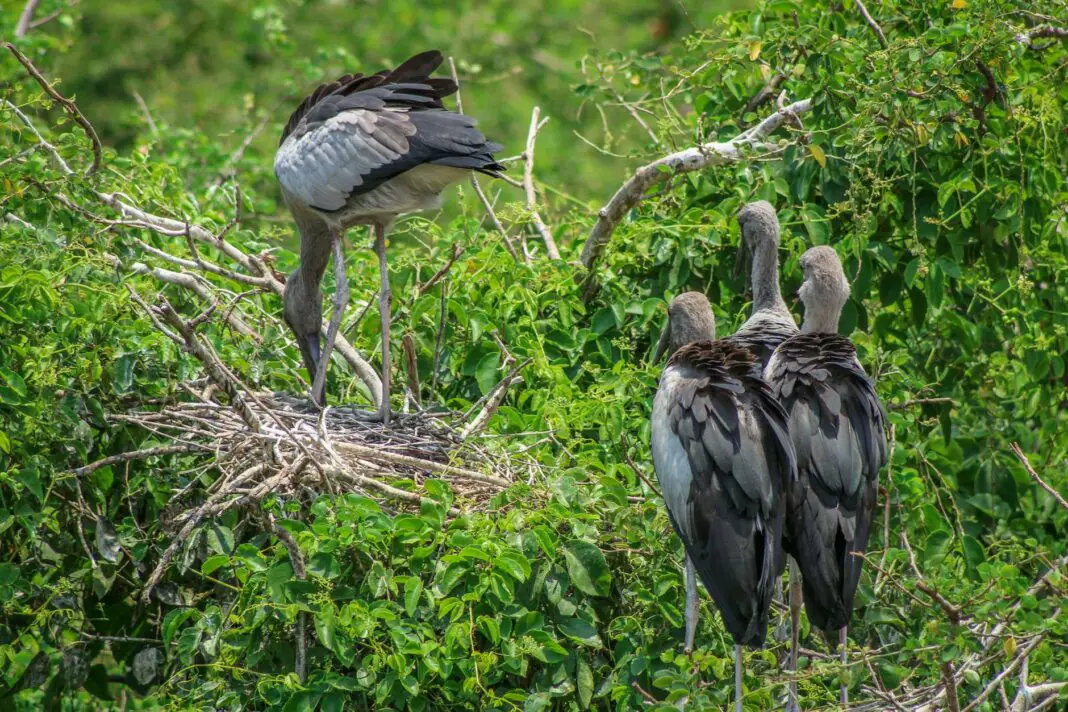Embarking on a journey to Thailand opens up a world of vibrant cultures, stunning landscapes, and an abundance of biodiversity that can only be described as awe-inspiring. From sprawling rainforests to breathtaking marine life, Thailand’s biodiversity hotspots serve as an exhilarating backdrop for travelers seeking adventure and connection with nature. Are you ready to explore these pristine environments while living your best travel life?
This blog post will not only guide you through Thailand’s rich biodiversity hotspots but will also illustrate why these destinations are the ultimate travel adventure. With intriguing ecosystems, unforgettable wildlife experiences, and a wealth of cultural insights, let’s dive into the wonders waiting for you in Thailand.
Table of Contents
- Understanding Thailand’s Biodiversity
- Top Biodiversity Hotspots in Thailand
- Connecting with Local Cultures
- Embracing Eco-Tourism
- Actionable Travel Tips for Biodiversity Ventures
- Final Thoughts on Embracing Nature
- Frequently Asked Questions
Understanding Thailand’s Biodiversity
Thailand stands as one of the world’s most biodiverse countries, boasting a remarkable array of ecosystems that range from tropical rainforests to coral reefs. This Southeast Asian paradise is home to hundreds of mammal species, thousands of bird varieties, and a colorful spectrum of marine life. The country’s unique geography — stretching from lush mountains to pristine beaches — allows an impressive mix of habitats that attract nature lovers, adventurers, and researchers alike. However, this natural wealth is also a reflection of the environmental challenges that threaten these ecosystems, emphasizing the importance of sustainable tourism practices.
As travelers, we have a responsibility to foster greater appreciation and protection of these vibrant environments. By understanding the complexities of their ecosystems, we can ensure these treasures remain intact for future generations. This journey of appreciation begins with immersing ourselves in Thailand’s living landscapes and recognizing the intricate connections between its diverse flora and fauna. Prepare to witness gorgeous national parks, enchanting marine reserves, and unique wildlife encounters that will leave lasting impressions on both your heart and your mind.
Top Biodiversity Hotspots in Thailand
Among the standout biodiversity hotspots is Khao Sok National Park, a sprawling sanctuary teeming with exotic flora and fauna, including the rare Rafflesia arnoldii, which produces the largest flower in the world. As you hike through the lush rainforest, the air hums with the sound of chirping birds and playful gibbons swinging from tree branches, creating a living orchestra worthy of exploration. Another renowned destination is the Similan Islands, a hotspot for divers and snorkelers who revel in the rich underwater scenery. The coral reefs boast vibrant fish species such as clownfish and parrotfish, each performance lives up to the vibrant underwater spectacle of life that envelops you.
Additionally, the rich biodiversity of Doi Inthanon National Park, known as the Roof of Thailand, is another must-visit destination. Surrounded by stunning waterfalls, imposing peaks, and several ethnic hill tribes, the park is a sanctuary for rare species like the purple-naped pheasant pigeon. Wandering through this natural haven combines both adventure and tranquility, revealing why these hotspots are made for unforgettable experiences.
Connecting with Local Cultures
Travel in Thailand goes beyond merely observing nature. It invites travelers to interact and collaborate with local communities, offering connections that enrich the travel experience. The hill tribes of Northern Thailand, for example, embody a treasure trove of knowledge about their local ecosystems, offering insight into their sustainable practices. Engaging with these communities not only fosters a sense of appreciation for their culture but also empowers them and encourages the preservation of their natural habitat.
Moreover, participating in traditional practices such as rice planting or visiting community-run conservation programs provides a hands-on approach to understanding the environment while contributing positively to the local economy. It is a reminder that every traveler can play a role in protecting the biodiversity surrounding them while opening themselves to the magic of local traditions and stories passed down through generations.
Embracing Eco-Tourism
In recent years, Thailand has emerged as a leader in the eco-tourism movement, promoting practices that enable travelers to experience nature while minimizing their environmental impact. Prioritizing eco-friendly accommodations, local food sources, and guided tours led by knowledgeable locals not only enhances the adventure but also nurtures a stronger connection with the landscape. By opting for sustainable travel solutions, every visitor can contribute to preserving the delicate balance of nature, cherishing Thailand’s treasures for years to come.
Eco-tourism plays an essential role in educating travelers about ecological conservation, fostering a true respect for nature. The challenge is to find a responsible way to indulge in the beauty Thailand has to offer while leaving behind a minimal footprint. Thrilling experiences like hiking through untouched jungles or snorkeling in vibrant marine parks provide opportunities to witness the splendor of biodiversity up close while encouraging a spirit of adventure rooted in sustainability.
Actionable Travel Tips for Biodiversity Ventures
Creating an enriching experience in Thailand’s biodiversity hotspots involves careful planning and genuine curiosity. Begin by researching your destination and understanding the unique ecosystems you intend to visit. Make a checklist of ethical wildlife experiences that prioritize animal welfare and conservation efforts. Opt for established eco-friendly lodges and participate in guided tours that respect both nature and local culture. Pack essentials such as reusable water bottles, biodegradable toiletries, and personal cameras to have a big impact on your ecological footprint.
Following these tips leads to a more fulfilling adventure that not only deepens your connection with nature but also leaves lasting impressions in your memory. Most importantly, share your experiences with others to inspire a collective commitment to conservation and responsible travel practices. The stories you tell, the photos you capture, and the connections you make during your trip will reverberate with the importance of protecting Thailand’s magnificent biodiversity for future explorers.
Final Thoughts on Embracing Nature
Traveling to Thailand’s biodiversity hotspots is not just an escape but a transformative experience that allows you to reconnect with the natural world and appreciate its wonders on a profound level. Every venture into these rich ecosystems offers an opportunity to forge lasting memories, deepen personal connections with nature, and participate in a broader movement of environmental stewardship. It is a reminder that adventure and conservation go hand in hand, highlighting the importance of preserving the very essence of our world.
As you step into the heart of Thailand’s breathtaking landscapes, engage with local cultures, and contribute positively to the ecology around you, you become part of a larger narrative—one that celebrates travel as an avenue for exploration, empathy, and empowerment. Make your journey an adventure that not only thrills your senses but also ignites a passion for protecting the beautiful world we live in.
Frequently Asked Questions
What are the best biodiversity hotspots to visit in Thailand?
Some of the most noteworthy hotspots include Khao Sok National Park, the Similan Islands, and Doi Inthanon National Park. Each location offers unique ecosystems and exciting wildlife encounters.
How can I practice responsible travel in Thailand?
Opt for eco-friendly accommodations, participate in guided tours focused on conservation, and engage with local communities in sustainable practices. Always prioritize minimizing your environmental footprint.
Is it safe to hike in Thailand’s national parks?
Yes, hiking is generally safe when sticking to marked trails and following local guidelines. Hiring an expert guide will enrich your experience and ensure safety during your adventures.
What wildlife can I expect to see in Thailand?
Thailand is home to an incredible variety of wildlife, including elephants, gibbons, and exotic bird species, as well as a vibrant range of marine life in its coastal waters.
When is the best time to visit Thailand for biodiversity?
The best times to explore biodiversity hotspots are during the cooler, dry months from November to February, when wildlife is more active, and hiking conditions are optimal.
Image Credit: Pexels





